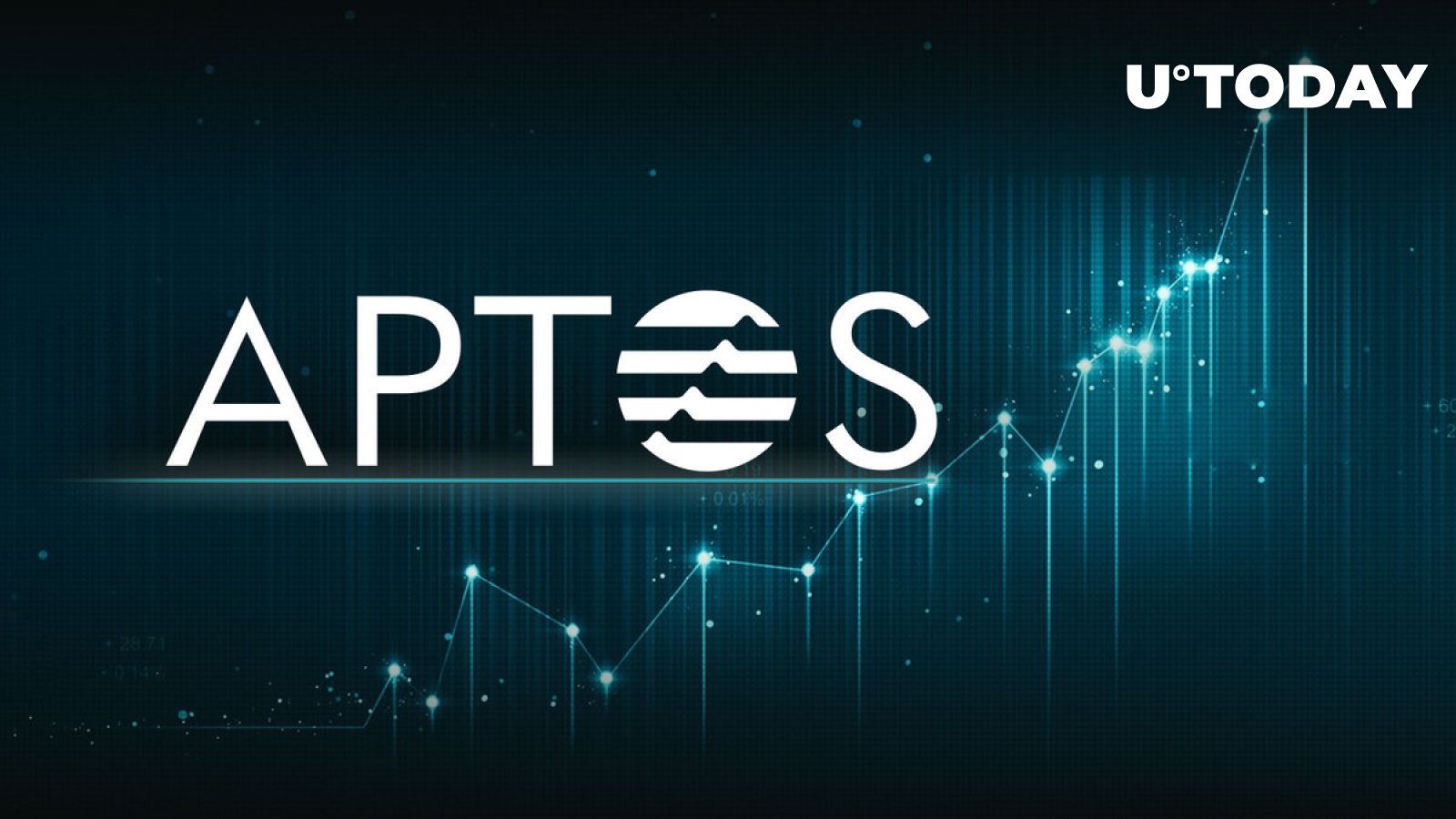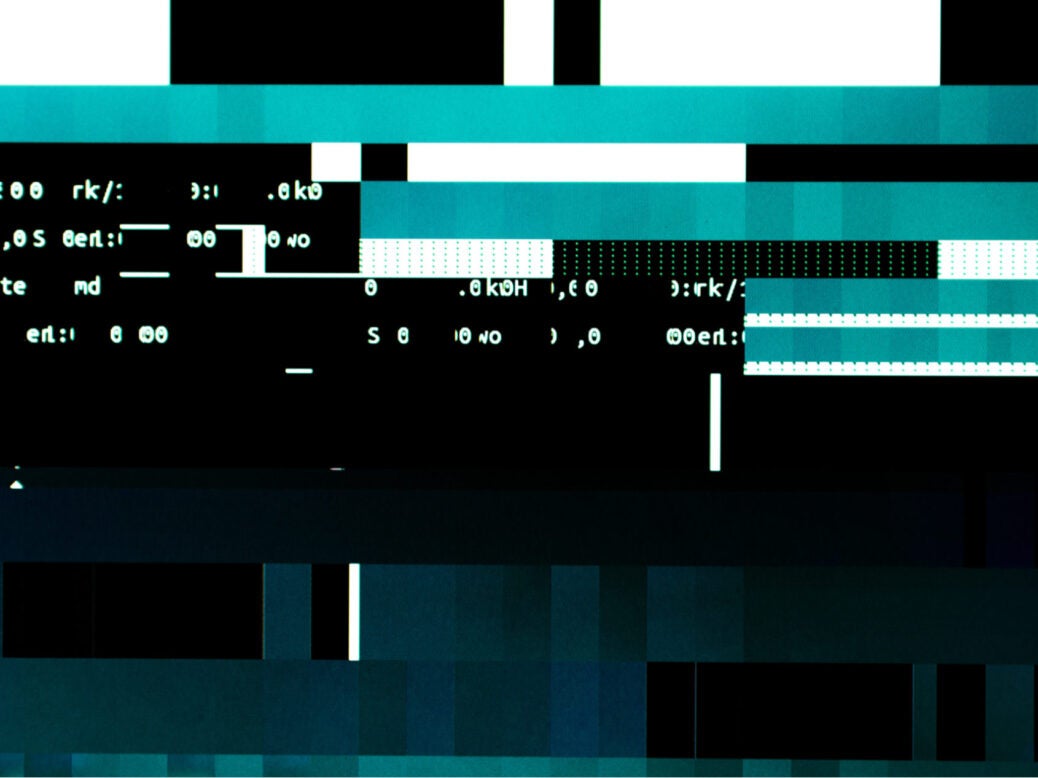Unmasking Iran's APTs: The Evolving Cyber Threat Landscape
In an increasingly interconnected world, the digital battleground has become as critical as any physical one. Among the most formidable adversaries operating within this domain are state-sponsored cyber groups, often referred to as Advanced Persistent Threats (APTs). These highly sophisticated and well-resourced entities pose a significant danger to governments, critical infrastructure, and private enterprises globally. When we delve into the landscape of nation-state cyber warfare, the topic of Iranian APTs inevitably emerges as a prominent and complex area of study.
Iran's journey to becoming a significant cyber power has been shaped by pivotal geopolitical events. The 2009 Green Movement protests, which saw widespread use of social media and digital communication, and the infamous 2010 Stuxnet attack on Iran’s nuclear facilities, served as crucial turning points. These incidents spurred the rapid development of offensive cyber tools and capabilities within the nation. The creation of the Supreme Council of Cyberspace in 2012 further underscored Iran’s commitment to becoming a formidable cyber power, centralizing efforts and resources towards this strategic objective. Understanding these groups, their motivations, and their methods is paramount for anyone seeking to bolster their digital defenses.
Table of Contents
- The Rise of Iranian Cyber Power
- Understanding Advanced Persistent Threats (APTs)
- Charming Kitten (APT35): A Multi-Faceted Threat
- APT39: Intelligence Gathering and Surveillance
- APT33: Focus on Aviation and Energy
- UNC1860: The Initial Access Facilitator
- The Challenge of Attribution and Obfuscation
- The Broader Iranian Espionage Landscape
The Rise of Iranian Cyber Power
Iran's strategic investment in cyber capabilities is a direct response to perceived threats and a means to project influence regionally and globally. As mentioned, the 2009 Green Movement and the 2010 Stuxnet attack were pivotal in accelerating their offensive cyber development. The establishment of the Supreme Council of Cyberspace in 2012 solidified Iran's commitment, indicating a national-level directive to cultivate robust cyber warfare capabilities. This top-down approach has enabled Iranian APT groups to exhibit high levels of sophistication and persistence, focusing on strategic targets across the globe. Their objectives often align with gathering strategic intelligence from foreign governmental, military, scientific, and economic institutions, providing direct benefits to the Iranian government. This strategic imperative drives the continuous evolution and deployment of various Iranian APTs.Understanding Advanced Persistent Threats (APTs)
Advanced Persistent Threats (APTs) are distinct from typical cybercriminals. They are characterized by their long-term presence in a target network, their sophisticated techniques, and their specific, often state-sponsored, objectives. Unlike opportunistic attacks, APTs are highly focused, well-funded, and patient. They employ a range of tactics, including spear phishing, social engineering, and deploying various custom malware and tools tailored to their targets. The goal is not usually immediate financial gain or widespread disruption, but rather sustained access for espionage, data exfiltration, or strategic sabotage. Iranian APTs exemplify these characteristics, consistently demonstrating their ability to adapt and overcome defenses.Charming Kitten (APT35): A Multi-Faceted Threat
One of the most prominent and well-documented Iranian APT groups is Charming Kitten. Also known as APT35 (by Mandiant), Phosphorus or Mint Sandstorm (by Microsoft), Ajax Security (by FireEye), and NewsBeef (by Kaspersky), this group is widely recognized as an Iranian government cyberwarfare entity. Described by several companies and government officials as an Advanced Persistent Threat (APT), Charming Kitten has a long history of operations targeting various sectors. Despite having similar names, each "APT" group is distinct with separate history, tactics, and targeting. For instance, in our hacker series, we already covered APT28 (Fancy Bear) and APT10 (Stone Panda), highlighting the diverse nature of these state-sponsored groups.Tactics and Targets of APT35
Charming Kitten's operations often involve highly targeted campaigns. Their tactics include spear phishing, where carefully crafted emails are sent to specific individuals, often impersonating trusted contacts or organizations. They also heavily rely on social engineering, manipulating individuals into divulging sensitive information or performing actions that compromise their systems. Once initial access is gained, they deploy various custom tools and malware to maintain persistence, escalate privileges, and exfiltrate data. Their targets are diverse but often align with Iran's geopolitical interests, focusing on strategic intelligence gathering.APT39: Intelligence Gathering and Surveillance
Unlike other Iranian Advanced Persistent Threat (APT) groups focused on disruptive cyberattacks or financial theft, APT39 specializes in intelligence gathering, surveillance, and the tracking of individuals. This distinction highlights the varied mandates within Iran's cyber ecosystem. APT39's operations are meticulous, designed to collect specific files and data of interest to Iran, often focusing on personal information. This focus suggests a role in supporting broader intelligence objectives, potentially related to tracking dissidents, opposition figures, or individuals deemed critical to Iranian national security.Ties to Iranian National Interests
There is moderate confidence that APT39 operations are conducted in support of Iranian national interests. This assessment is based on several factors, including regional targeting patterns focused in the Middle East, the nature of the infrastructure used, the timing of their campaigns, and similarities to APT34. APT34 is another group that loosely aligns with activity publicly reported as “OilRig,” further suggesting a coordinated effort within the Iranian cyber apparatus. The consistent alignment with national interests underscores the state-sponsored nature of APT39 and its role in Iran's broader intelligence framework.APT33: Focus on Aviation and Energy
APT33 is a suspected Iranian threat group that has carried out operations since at least 2013. This group has demonstrated a particular interest in the aviation and energy sectors, targeting organizations across multiple industries in the United States, Saudi Arabia, and South Korea. Their sustained focus on these critical industries suggests a strategic objective related to industrial espionage, potential sabotage capabilities, or gathering intelligence on rival nation's critical infrastructure. The long operational history of APT33 indicates a well-established and persistent cyber espionage capability within Iran. Their targeting patterns reveal a clear intent to acquire sensitive information from sectors vital to global commerce and security.UNC1860: The Initial Access Facilitator
A more recent development in the landscape of Iranian APTs involves UNC1860. This Iranian Advanced Persistent Threat (APT) threat actor, likely affiliated with the Ministry of Intelligence and Security (MOIS), is now acting as an initial access facilitator. This means UNC1860 specializes in gaining remote access to target networks and then potentially selling or providing that access to other Iranian cyber groups or even for potential ransomware activity. This specialization points to a division of labor within the Iranian cyber ecosystem, where some groups focus on initial breach, while others leverage that access for further operations. Potential ties between APT42 and ransomware activity have also been noted, suggesting a possible diversification of revenue streams or disruptive capabilities.Specialized Tooling and Affiliations
A key feature of UNC1860 is its collection of specialized tooling. These tools are designed for initial reconnaissance, exploitation, and establishing persistent access within target networks. The suspected affiliation with the Ministry of Intelligence and Security (MOIS) further emphasizes the state-backed nature of their operations and their integration into Iran's national security apparatus. This group's emergence as an initial access broker highlights the evolving sophistication of Iranian cyber operations, where different groups may play distinct roles in a larger, coordinated campaign. For a downloadable copy of the malware analysis report (MAR) accompanying this report, security professionals can often find detailed technical insights into such tooling.The Challenge of Attribution and Obfuscation
Attributing cyberattacks to specific state actors, especially in the context of Iranian APTs, is inherently challenging. Due to the obfuscation techniques employed by these groups, and the government control over the Iranian media and internet, gaining clear insight into which APT is directly controlled by, for example, the Ministry of Intelligence, versus another state entity, remains difficult. This deliberate ambiguity makes it harder for victim organizations and governments to respond effectively and assign responsibility. However, through diligent threat intelligence and analysis, security researchers like those at Mandiant, Microsoft, FireEye, and Kaspersky are often able to connect dots based on shared infrastructure, tactics, techniques, and procedures (TTPs). Overcoming threats with Mandiant intelligence and expertise, for instance, is a testament to the ongoing efforts to demystify these complex threat actors.Strengthening Operational Resilience Against Iranian APTs
Given the persistent and sophisticated nature of Iranian APTs, strengthening operational resilience is paramount. The following actions are key to mitigating the risks posed by these threats:- **Robust Threat Intelligence:** Staying informed about the latest TTPs, indicators of compromise (IOCs), and targeting patterns of Iranian APTs. This includes subscribing to intelligence feeds from reputable security vendors and government agencies.
- **Advanced Endpoint Detection and Response (EDR):** Implementing EDR solutions that can detect and respond to sophisticated attacks that bypass traditional perimeter defenses.
- **Multi-Factor Authentication (MFA):** Mandating MFA for all critical systems and accounts to prevent unauthorized access even if credentials are stolen.
- **Regular Security Audits and Penetration Testing:** Proactively identifying vulnerabilities in systems and networks that Iranian APTs might exploit.
- **Employee Training and Awareness:** Educating employees about social engineering, spear phishing, and other common tactics used by these groups.
- **Network Segmentation:** Dividing networks into smaller, isolated segments to limit the lateral movement of attackers once a breach occurs.
- **Incident Response Planning:** Developing and regularly practicing comprehensive incident response plans to minimize the impact of a successful attack.
The Broader Iranian Espionage Landscape
Beyond specific APT groups, Iran conducts espionage operations that are broadly focused on gathering strategic intelligence from foreign governmental, military, scientific, and economic institutions. This comprehensive approach aims to acquire information that can benefit the Iranian government across various domains. Whether it's through sophisticated cyber means or traditional human intelligence, the objective remains the same: to bolster Iran's strategic position and capabilities. The activities of groups like APT35, APT39, APT33, and UNC1860 are pieces of this larger puzzle, each contributing to Iran's overarching intelligence objectives. Searching for specific files and data of interest to Iran is a consistent theme across many of their operations, indicating a clear, directed effort to collect specific types of information.The landscape of Iranian APTs is dynamic and constantly evolving, mirroring the geopolitical shifts and strategic priorities of the Iranian government. From the intelligence gathering of APT39 to the industry-specific targeting of APT33, and the initial access facilitation by UNC1860, these groups represent a formidable and persistent cyber threat. Their sophistication, persistence, and alignment with national interests make them a critical concern for cybersecurity professionals and policymakers worldwide. Understanding their history, motivations, and methods, as well as continuously adapting defensive strategies, is essential to safeguarding digital assets and maintaining operational resilience in the face of this complex challenge.
What are your thoughts on the evolving nature of state-sponsored cyber threats? Have you encountered any specific challenges in defending against advanced persistent threats? Share your insights in the comments below, or explore our other articles on global cyber warfare to deepen your understanding of this critical domain. For a downloadable PDF version of this report, or for more detailed analysis, refer to trusted cybersecurity intelligence sources.

Iran – SOUTH ASIAN TELECOMMUNICATION REGULATORS' COUNCIL

Solana Killer Aptos (APT) Jumps 10% as Demand Returns

Iran APT groups: An overview of the country’s key cyber warfare actors